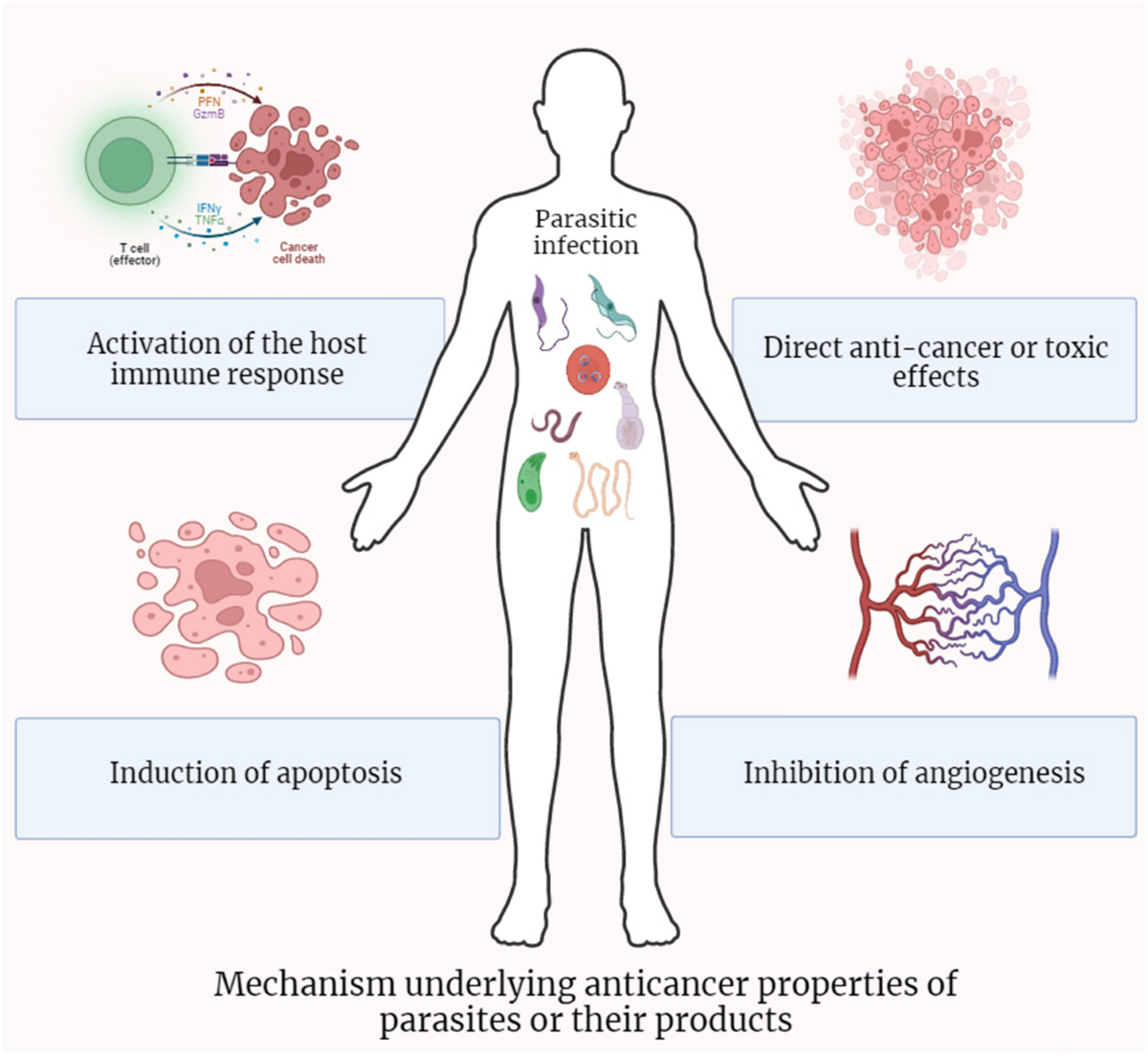Exploring Neospora caninum as a Novel Immunotherapy for Cancer Despite significant advancements in cancer treatment, current therapies often come with high costs and severe side effects, highlighting the need for novel, less toxic alternatives. Recently, growing evidence suggests that certain […]
Category: Research
Neospora caninum, a Protozoan Killing Dogs, “Might Be Key” to “Total Regression of Tumors”
Neosporosis, caused by the intracellular parasite Neospora caninum, presents a significant challenge in veterinary medicine, leading to serious and life-threatening neurological issues in dogs, and costing the industrial cattle industry billions each year. N. caninum does not infect humans, making […]
Hydrogen Therapy: A Promising New Treatment for Lung Cancer
Hydrogen inhalation therapy – an emerging therapy for lung cancer, appears to be both safe and effective.
A fitness landscape instability governs the morphological diversity of tip-growing cells
Ohairwe et al. demonstrate that an intrinsic mechanical instability in the convergent mechanism of “inflationary” cell growth shared by diverse tip-growing cells leads to a bifurcation (branching) of their fitness landscape. This bifurcation strictly constrains natural tip-growing cell shapes.
Genomic deletions explain the generation of alternative BRAF isoforms conferring resistance to MAPK inhibitors in melanoma
Aya et al. show that the production of alternative BRAF mRNA isoforms (altBRAFs), associated with resistance to BRAF inhibitors in melanoma, is caused by genomic deletions rather than by alternative splicing, as previously thought. They also find that altBRAFs are present […]
The soil microbiome modulates the sorghum root metabolome and cellular traits with a concomitant reduction of Striga infection
The soil microbiome protects sorghum, and likely other crops, from infection with the root parasite Striga hermonthica. Kawa et al. show that soil-borne bacteria modify sorghum root development and root exudate content, likely preventing Striga from penetrating sorghum. This study provides […]
The nociceptive activity of peripheral sensory neurons is modulated by the neuronal membrane proteasome
Proteasomes are critical for sensory neuron function. Villalón Landeros et al. uncover a specialized proteasome in somatosensory neurons called the neuronal membrane proteasome (NMP). The NMP mediates crosstalk between somatosensory neurons to modulate sensitivity to stimulation. Inhibition of the NMP reduces […]
Environmentally dependent and independent control of 3D cell shape
Using high-throughput light-sheet microscopy, Dent et al. study 3D cancer cell morphogenesis. Environmental cues modulate the opposing roles of non-muscle myosin II (myosin) and microtubules, with varied impacts on RhoGEFs FARP1 and TIAM2. The study underscores the critical interplay between cytoskeletal […]
Distributed X chromosome inactivation in brain circuitry is associated with X-linked disease penetrance of behavior
Szelenyi et al. demonstrate that adult brain XCI is systematically biased toward maternal X-active cells, which is sufficient for disease penetrance of the X-linked Fmr1-KO allele. Furthermore, local XCI mosaicism distinguishes phenotypic outcomes of individuals based on mutant X-active cells populating […]
Antibodies targeting the shared cytokine receptor IL-1 receptor accessory protein invoke distinct mechanisms to block all cytokine signaling
Fields et al. demonstrate the viability of targeting a shared cytokine receptor for comprehensive signaling blockade of all associated cytokines. CAN10 and 3G5, two anti-IL-1RAcP antibodies, target distinct epitopes on this shared receptor and potently block IL-1α, IL-1β, IL-33, IL-36α, IL-36β, […]


